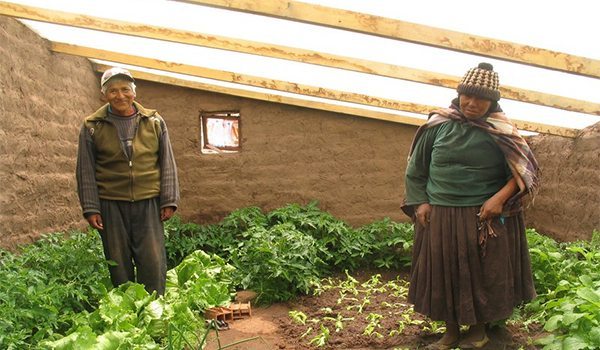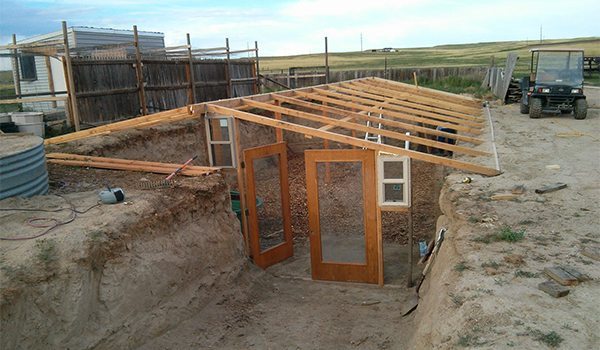You may have never heard of the word Walipini, and if not… you aren’t alone.
What is a Walipini?
The word is derived from the Aymaran language and an indigenous Bolivian tribe is translated as “a place of warmth” and is an earth-sheltered cold frame or transparent-roofed enclosure.

These underground greenhouses were for the cold regions of South America. Their purpose was to maintain consistent production of food year-round. But today, gardeners all around the world are taking it up.
Most say that Walipinis should be at least 8’ by 12’ in size, but many people build even larger. There are all types of plans and blueprints on how to design your underground greenhouse.
The temperature 6-8 feet below the surface fluctuates from 50 up to 70 degrees Fahrenheit! If you live in a cold climate, you’ll want to use stone, earthbags of lava rocks or other dense material that stores heat.
It takes a lot of energy to change the temperature of material like concrete, bricks, and tiles. This means they’ll have high thermal mass. This will allow the walls to release heat to keep crops warm at night, or on days with little sun.
Recommended Resource (opens in new tab): Recent MIT study reveals a weird… yet childish-simple 3D solar array… that has amazingly powerful results.

Reasons to Build a Walipini:
Building a Walipini is cost-effective.
The estimated costs to build a greenhouse range from a couple of thousand dollars up to $25,000. A walipini will cost around $300.
Underground greenhouses are at an advantage because it’s harder for pests to get into it. A normal greenhouse will protect from the cold and strong winds, but not from insects.
Minimal upkeep: Seeing as the walipini is sheltered by the earth the materials will not wear as quickly.
Normal greenhouse maintenance costs add up. You need to do maintenance every year. For a walipini, the angled roof is all that is exposed to the elements. That means less maintenance costs for you.

Walipinis don’t need a lot of effort to maintain. But you still want to make sure everything is set up right. Check that it is waterproof, that the drains work and that there is good ventilation.
Pay attention to where the water table is, and build at least 5 feet above it to prevent disaster. Keeping this in mind, you’ll be better prepared to grow food year-round.
Video About Building an Underground Greenhouse
and Part 2…
